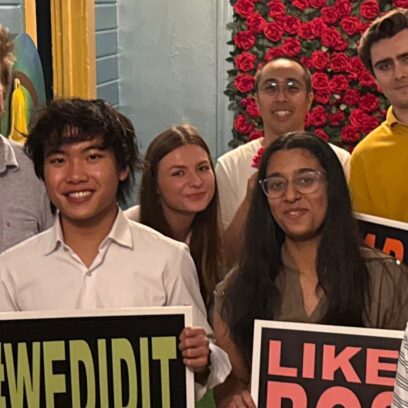Our Takeaways from SF Climate Week 2025

Skip the RFP—CarbonBetter can help
CarbonBetter Certified Offset Portfolios allow carbon buyers to participate in a variety of projects, geographies, and technologies in one simple transaction rather than navigating a lengthy and complex RFP process with multiple carbon market participants.
Learn More about CBCO 22-1Integrated solutions, clear policy, and cross-sector collaboration are driving climate progress.
At SF Climate Week, conversations moved beyond ambition to focus on what it actually takes to implement climate solutions at scale. SF Climate Week brought together a wide range of voices across sectors to discuss what it will take to deliver meaningful climate progress. From food systems and data infrastructure to carbon finance and international partnerships, the conversations focused on the importance of integrated solutions, clear policy direction, and cross-sector collaboration. While the challenges are significant, there’s growing alignment around where the pressure points are—and what needs to happen next. Here are four key takeaways from the week’s panels and discussions.
Food systems are a climate problem—and a massive opportunity for change
Food systems are responsible for 20–35% of global emissions. But instead of pushing catchy slogans like “Meatless Mondays,” panelists focused on practical shifts—smaller meat portions and more diverse global cuisines. Just 12% of people in the U.S. drive half of all beef consumption, so targeted behavior change matters, technology and climate action at the agriculture/ company level wont alone won’t fix the problem. Food waste-to-feed innovations and precision agriculture tools like sensors help, but there is still room to drive further climate action across the F&B value chain and policy and culture shift is required to complement existing innovations to drive meaningful change. “Regenerative” agriculture practices like cover cropping and rotational grazing are helpful but they do not fully cancel out livestock emissions. New types of foods using non-dairy alternatives, non animal proteins are being developed to ensure balanced nutrition, comparable texture and taste while being significantly more sustainable. As these innovations occur, startups driving these have to begin investing in estimating the impact of their food products and share their stories to capture customer attention and satisfy increasing customer demand for more sustainable products.

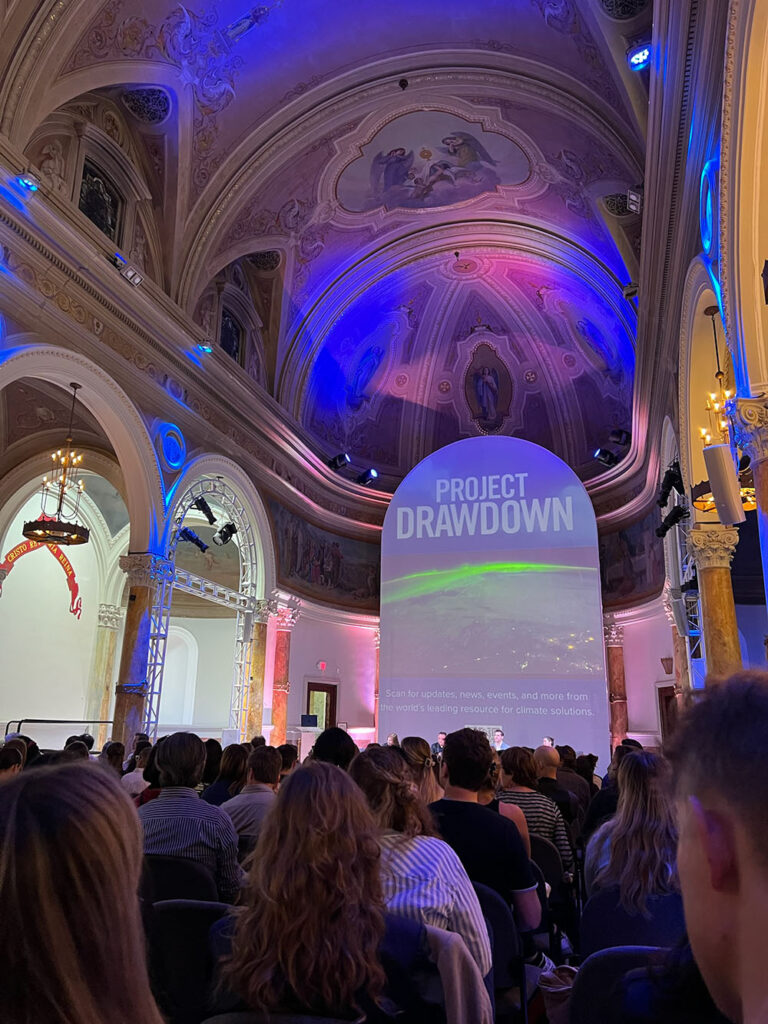
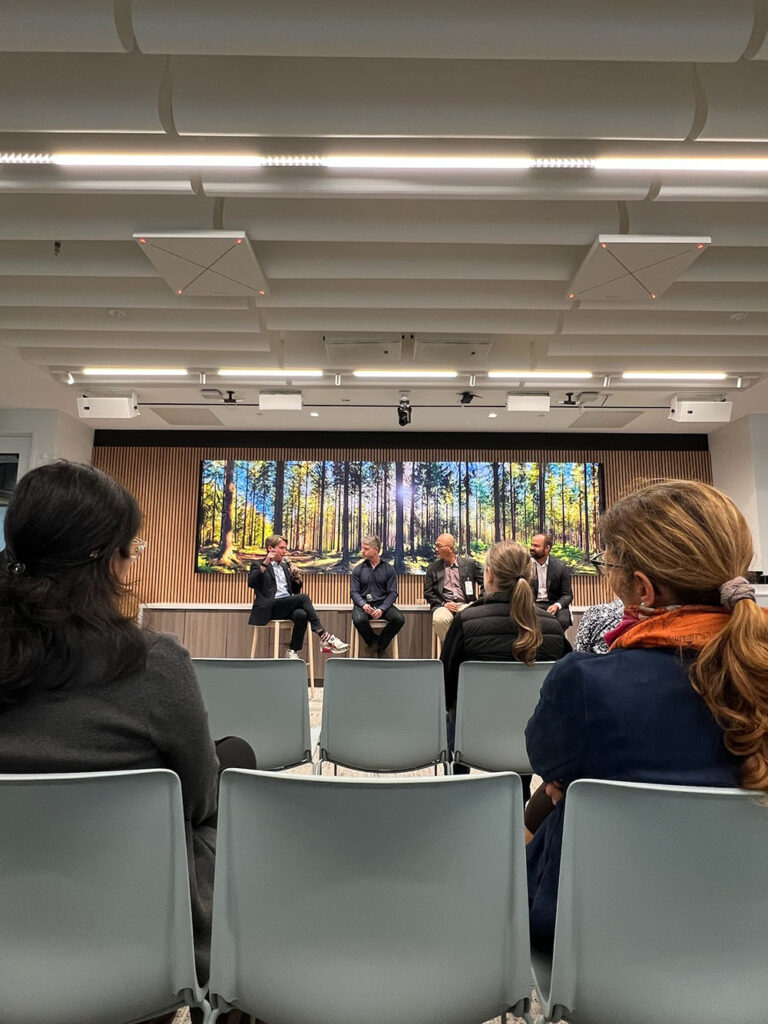
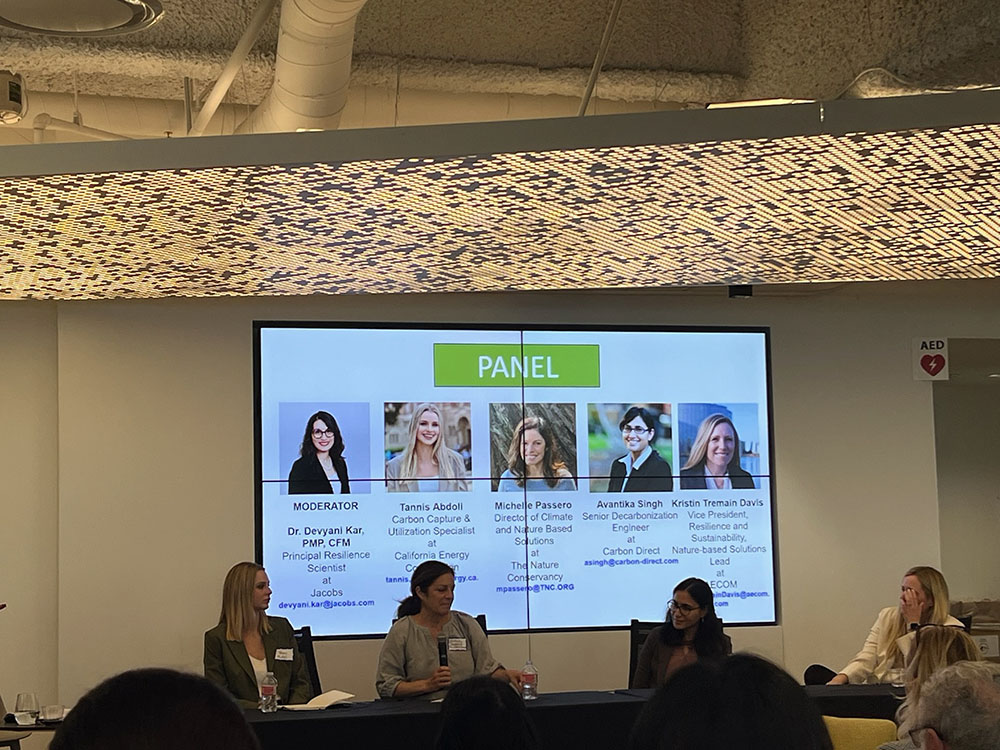
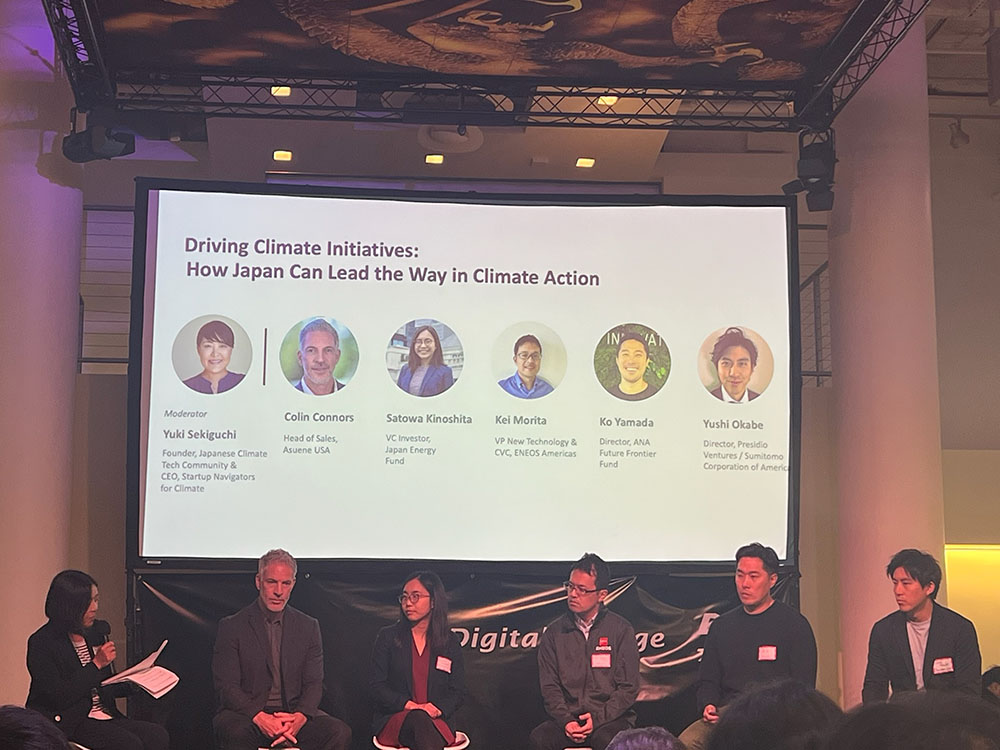
Keeping up with AI – Utilities, Uncertainty, and the Power Crunch
At this year’s SF Climate Week—where countless conversations touched on data centers, artificial intelligence (AI), and electricity—one theme stood out: the grid is not ready. By 2030, data centers could use up to 9% of U.S. electricity—more than double current levels. Some states are already looking at power shortages in the next 7–8 years.
Developers like Beale Infrastructure are building data centers in areas with strong renewable energy access, but clean energy integration is still messy. Renewable energy developers often plan projects assuming nearby data centers will create demand for their power, but there is no guarantee those facilities will actually be built. This uncertainty makes it difficult to forecast electricity needs and can lead to financial and infrastructure planning risks. As data centers become major energy consumers, their unpredictable timelines are creating challenges for grid operators and clean energy deployment. On the other hand, some utilities are extending coal plant lifespans to meet rising demand – a stark reminder of the trade-offs between reliability and decarbonization.
Meanwhile, advanced nuclear—including SMRs—is gaining interest as a long-term solution, though timelines stretch well into the 2030s. One speaker on the AI–Energy Nexus Panel highlighted Amazon’s attempt to directly power a data center with nuclear energy, which ran into regulatory hurdles when the Federal Energy Regulatory Commission (FERC) denied a request to increase power delivery from the Susquehanna nuclear plant. This case underscores the complexities and regulatory challenges associated with co-locating data centers with power generation facilities, especially as demand for energy-intensive technologies like artificial intelligence continues to grow.
Expectation of Carbon market growth continues to drive increased interest in this space however increased diversity of buyers and standardization of frameworks is needed to enable it to scale
The carbon market is growing albeit driven by the same set of buyers with limited new entrants. Externally, there’s confusion around what counts—unclear definitions from ratings agencies, varying methodologies for credit issuance, and restricting guidelines from frameworks like SBTi. For Nature based projects, reversal risk is a real issue, especially with wildfire-prone forest projects.
Tools like Vibrant Planet are helping to address this by forecasting future credits based on land data, and companies like New Leaf Climate Partners are developing new methodologies with Verra to improve credibility. Big buyers like Microsoft are helping anchor the market, but more buyers are needed to truly scale the market.
On the supply side, project development is still slow, limited by challenges in financing and increasingly complicated guidelines and certification requirements .
On the Carbon Removal front, the challenge is pricing and inability to come down the cost curve in absence of consistent long term offtake agreements. Carbon credit insurance from groups like Artio has entered the market to reduce credit risk thereby ensuring all the building blocks are ready to support a potentially robust market in the future. All these market actors now wait for the demand side to pick up.
“Tech alone won’t fix the problem. Food waste-to-feed innovations and precision agriculture tools like sensors help, but real impact will come from policy and cultural shifts.”
Sayali Chaudhari, Climate Services Analyst

🌍 Carbon markets can feel overwhelming—fragmented data, limited transparency, and conflicting advice make it hard to know where to start. In this webinar, our experts give a clear, practical introduction to the VCM.
Japan is building strategic momentum in climate tech
At SF Climate Week 2025, Japan emerged as a pivotal player in global climate innovation. Japanese investors are adopting a meticulous approach to climate action and sector innovation, emphasizing transparency and long-term credibility. There is an increased focus on carbon capture and storage (CCS), sustainable aviation fuel (SAF), and carbon dioxide removal (CDR). Their investment strategies often align with established international frameworks like the EU's CORSIA, ensuring regulatory clarity and fostering cross-border collaboration.
With U.S. federal funding slowing down, more startups are setting up Japanese entities or forming joint ventures to keep momentum going. Japanese companies contribute significant scale, financing and technical expertise, providing specialized components essential for startups aiming to scale their solutions.
Recent developments underscore Japan's commitment to climate tech. The Japanese government has initiated the Green Transformation (GX) strategy, aiming to achieve net-zero greenhouse gas emissions by 2050. This includes the issuance of ¥20 trillion in GX transition bonds to stimulate over ¥150 trillion in public-private investments. Japan's methodical yet resolute approach to climate tech investment, combined with its emphasis on regulatory alignment and technological innovation, positions it as a formidable leader in the global pursuit of sustainability.
Conclusion
The path forward will require more than innovation alone—it will take alignment across regulation, financing, technology, and behavior. Whether it’s improving permitting timelines, managing growing energy demand, or building trust across carbon markets, it’s clear that progress depends on coordinated action and practical implementation. SF Climate Week reinforced that while momentum varies across sectors and geographies, there is steady movement toward more integrated, durable climate solutions.
Need help? No matter where you are in your sustainability journey, we're here to help. Contact us today to learn more.
Food systems contribute up to 35% of global GHG emissions, yet solutions are often overlooked in climate strategy. Shifting diets, reducing food waste, and improving agricultural practices—paired with strong policy and public engagement—were highlighted as essential levers for progress.
The rise of AI is driving massive growth in data center energy demand, with projections showing they could consume 9% of US electricity by 2030. SF Climate Week sessions emphasized the need for coordinated infrastructure planning, clean energy integration, and regulatory clarity to keep climate goals on track.
Buyers are facing a fragmented carbon market, unclear crediting standards, and limited project availability. Companies are also struggling with internal alignment, often splitting sustainability budgets across teams. Tools, new methodologies, and better risk management options—like insurance—are emerging to help buyers participate more effectively.
Insurance plays a critical but often overlooked role in scaling climate solutions. If a project isn’t insurable, it’s usually not investable. Insurance helps de-risk new technologies and can act as a gatekeeper for which projects move forward, yet most climate strategies still don’t account for it.
Japanese companies are becoming key climate partners—particularly in sectors with clear standards and consumer demand, like SAF and CDR. While typically cautious, once committed, Japanese firms move with scale and consistency. Startups are increasingly forming joint ventures with Japanese entities to tap into this momentum.

About the Author
Sayali Chaudhari is a Climate and Carbon Markets Analyst at CarbonBetter and supports clients in their sustainability strategy and management. She brings extensive experience in frameworks-aligned reporting including CSRD, climate risk scenario analysis, carbon footprint estimation and verification, and decarbonization efforts. Sayali holds a Masters in Sustainability Management from Columbia University and a Bachelors in Environmental Engineering from Nanyang Technological University.

